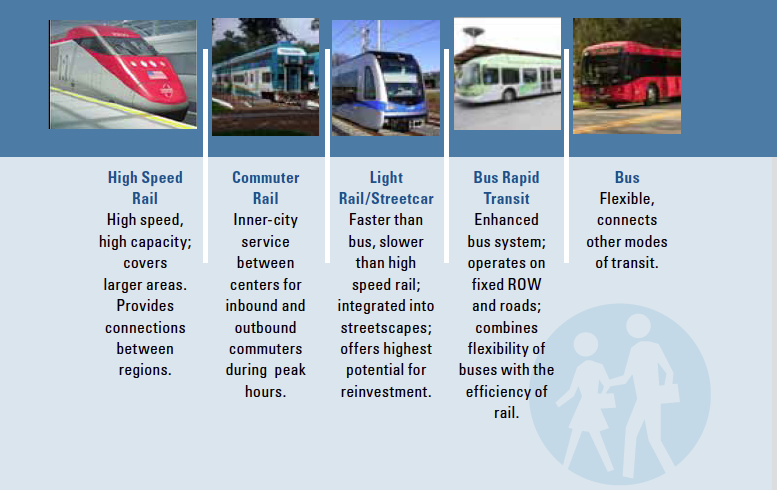
FLORIDA DEPARTMENT OF TRANSPORTATION
The Federal Government supports a vision for high-speed rail to connect regions throughout the country. In Florida two high-speed rail corridors were identified to provide connections from Central Florida to Tampa and Miami.
The High-Speed Intercity Passenger Rail Program, under the American Recovery and Reinvestment Act, offers stimulus money for passenger rail projects throughout the United States. FDOT applied for four separate projects to receive funding: High-speed rail connecting Orlando to Tampa and Orlando to Miami, Central Florida Commuter Rail (SunRail), and Amtrak-Florida East Coast Passenger Service.
View this complete post...
Tags: FL, Florida, Florida Department of Transportation, SunRail
Posted in
Buses, Carbon Tax, Clean Air, Climate Change, Competitiveness, Congestion, Funding, Green, High Speed Rail, Highway, Infra Views, Land Use, Local, Policy, Public Transportation, Rail, Recovery, Smart Growth, Sustainability, Transit, Urban Planning
Comments Off on Connecting the Region with Transit: Implementing the Central Florida Regional Growth Vision
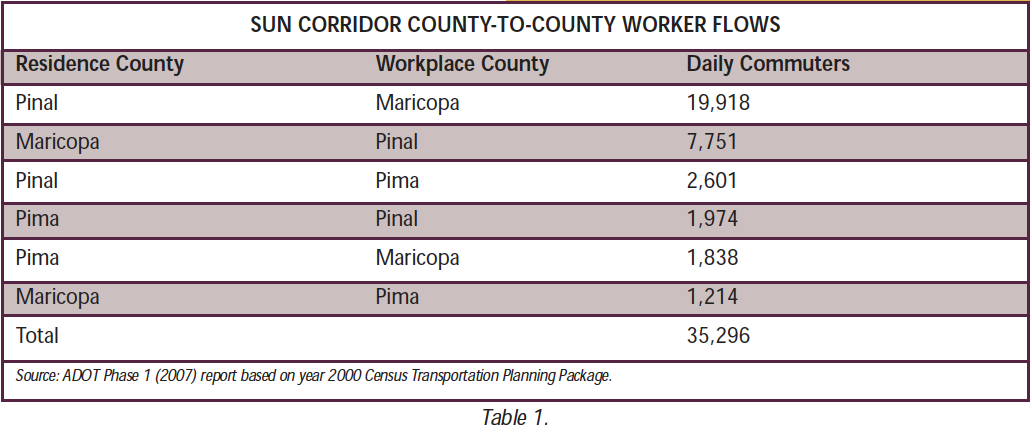












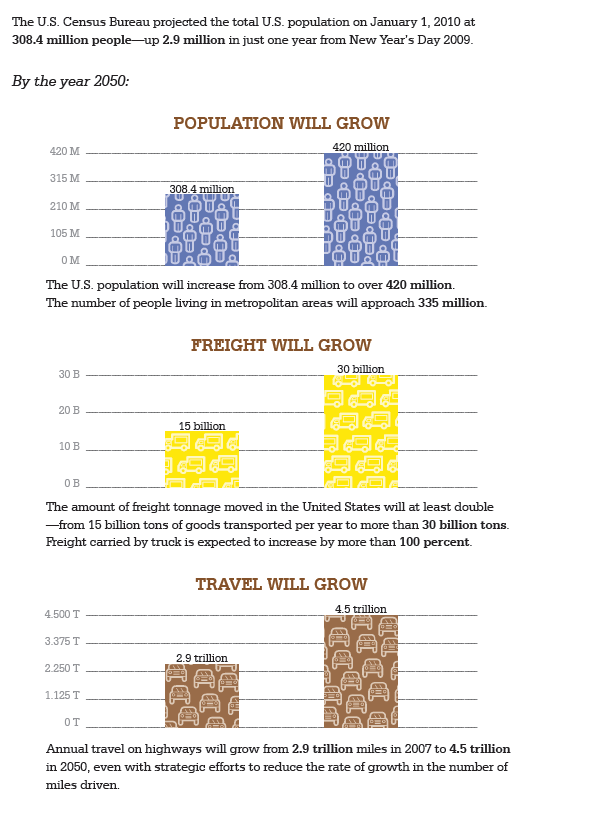

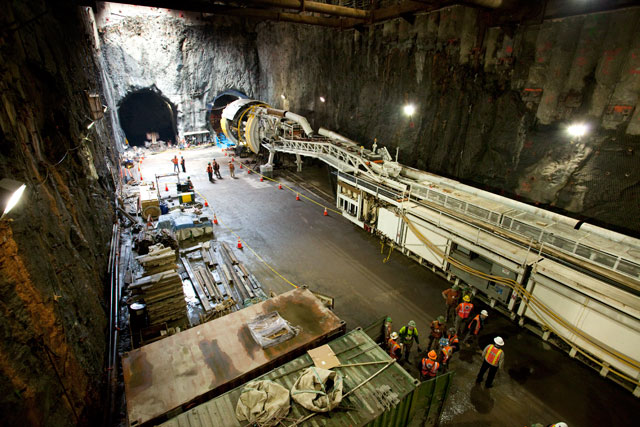
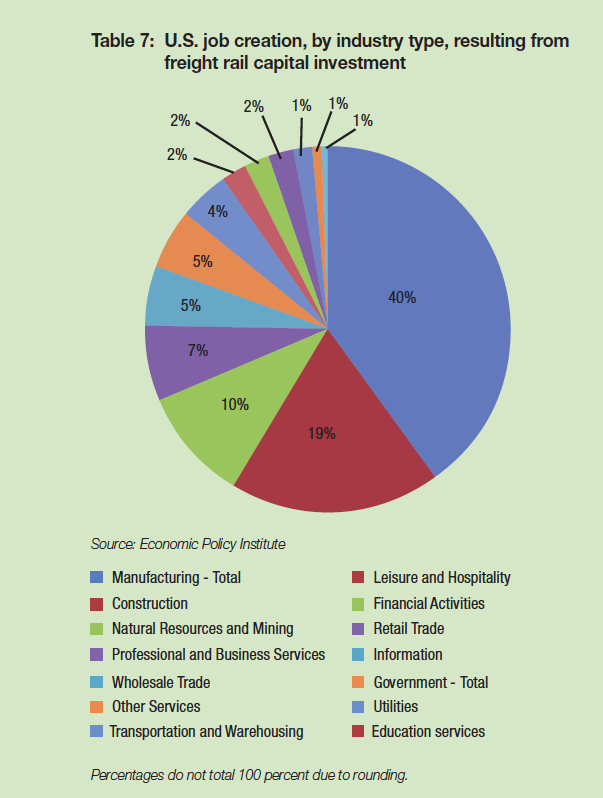
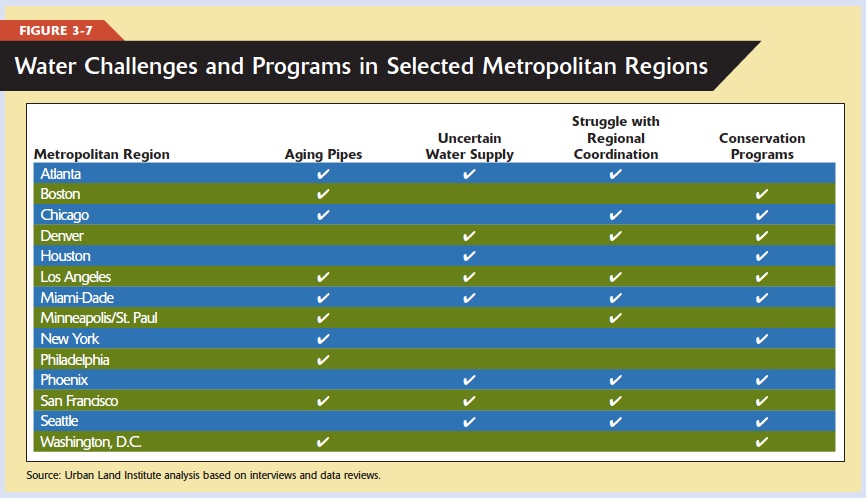

 RSS Feed
RSS Feed